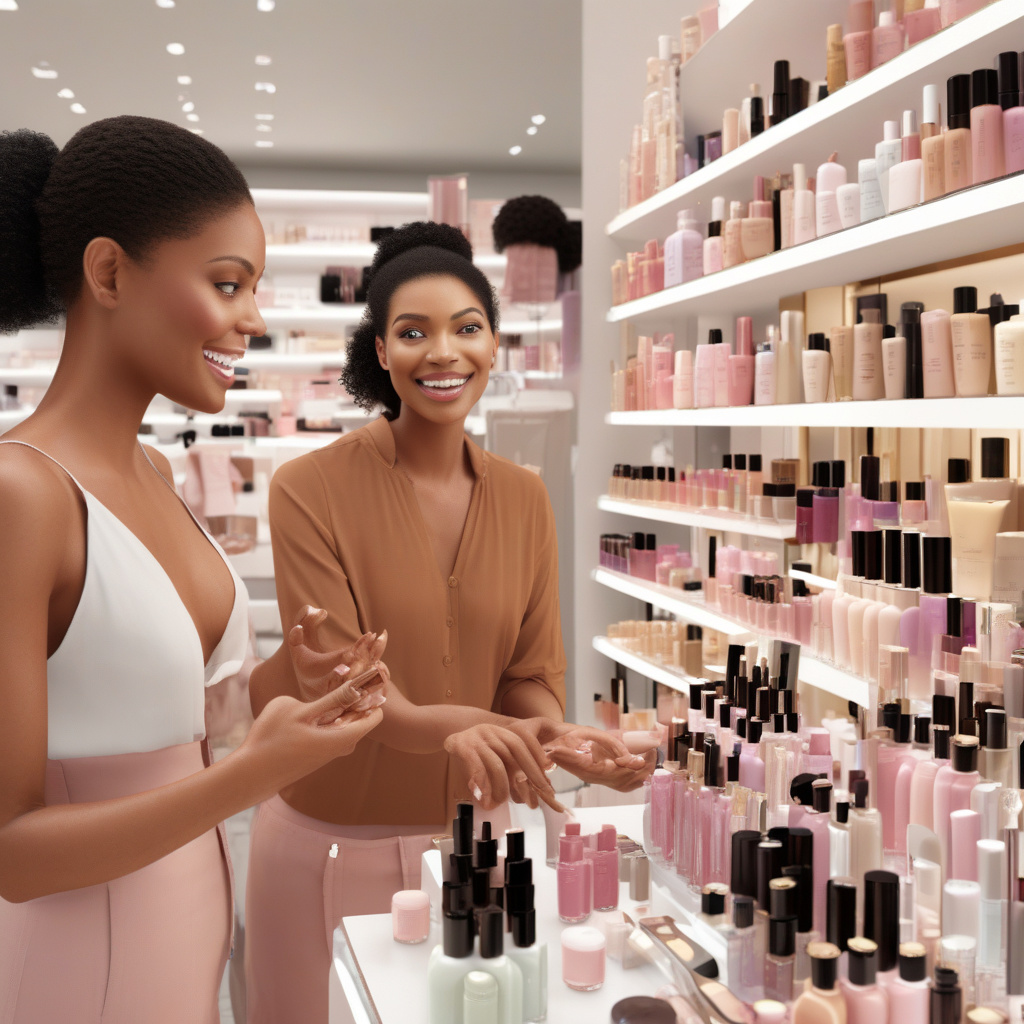Beauty Retailers Race to Redefine the Rules of Engagement
The beauty industry is undergoing a significant transformation as online marketplaces expand their reach, creating an environment where traditional specialty and mass retailers are grappling with unprecedented challenges. As the lines between product assortments blur and shopping channels merge, beauty retailers must find innovative ways to stand out and engage consumers. This race to redefine the rules of engagement is crucial for survival in a fiercely competitive landscape.
The emergence of e-commerce giants like Amazon and niche beauty platforms has dramatically reshaped consumer behavior. Shoppers now have access to an endless array of products at their fingertips, making it increasingly difficult for retailers to differentiate themselves. As more consumers opt for the convenience of online shopping, brick-and-mortar stores are forced to rethink their strategies to attract foot traffic. This shift requires beauty retailers to not only enhance their product offerings but also elevate the overall shopping experience.
One effective approach that retailers are adopting is the integration of technology into the shopping journey. Augmented reality (AR) and virtual reality (VR) are becoming essential tools for engaging customers. For instance, brands like L’Oréal and Sephora have implemented AR applications that allow consumers to try on makeup virtually. This interactive experience not only fosters engagement but also helps customers make informed purchasing decisions, reducing the likelihood of returns.
Moreover, personalization is becoming a cornerstone of the beauty retail experience. With customer data at their disposal, retailers can create tailored recommendations that cater to individual preferences. Companies like Glossier and Birchbox have successfully leveraged personalized marketing strategies to cultivate loyal customer bases. By delivering relevant content and product suggestions, these brands enhance the shopping experience, encouraging repeat purchases and fostering brand loyalty.
In addition to technology and personalization, beauty retailers are also focusing on community building. Social media platforms have transformed into powerful tools for brands to connect with consumers on a deeper level. Beauty brands are increasingly leveraging user-generated content and influencer partnerships to create authentic connections with their audiences. For example, Fenty Beauty has harnessed the power of its diverse customer base by showcasing real customers in its marketing campaigns, celebrating inclusivity and authenticity.
Furthermore, sustainability is becoming a critical factor in the decision-making process for today’s consumers. As awareness of environmental issues grows, beauty retailers must adapt by prioritizing sustainable practices. Brands that demonstrate a commitment to ethical sourcing, eco-friendly packaging, and cruelty-free products are more likely to resonate with the modern consumer. Companies like The Body Shop and Tarte Cosmetics have made sustainability central to their brand identities, appealing to eco-conscious shoppers and setting themselves apart in a crowded market.
Another essential aspect of redefining engagement is the seamless integration of online and offline experiences. Omnichannel retailing is no longer a luxury but a necessity. Consumers expect a cohesive experience, whether they are shopping online, on mobile, or in-store. Retailers like Ulta Beauty have successfully implemented an omnichannel strategy by offering services such as buy online, pick up in-store (BOPIS) and same-day delivery. This level of convenience not only enhances the shopping experience but also drives sales and customer satisfaction.
As beauty retailers race to redefine their engagement strategies, the importance of storytelling cannot be understated. Brands that convey a compelling narrative about their products and values can captivate consumers and foster emotional connections. For instance, Tatcha has effectively shared its story inspired by Japanese beauty rituals, creating a unique brand identity that resonates with consumers seeking authenticity and depth in their shopping experiences.
In conclusion, the landscape of beauty retail is changing rapidly, driven by the growth of online marketplaces and shifting consumer behaviors. To thrive in this competitive environment, beauty retailers must adopt innovative strategies that prioritize technology, personalization, community engagement, sustainability, omnichannel experiences, and storytelling. By doing so, they can redefine the rules of engagement and carve out a distinctive place in the hearts and minds of consumers.
#BeautyRetail #ConsumerEngagement #Sustainability #Omnichannel #Innovation
